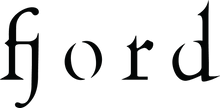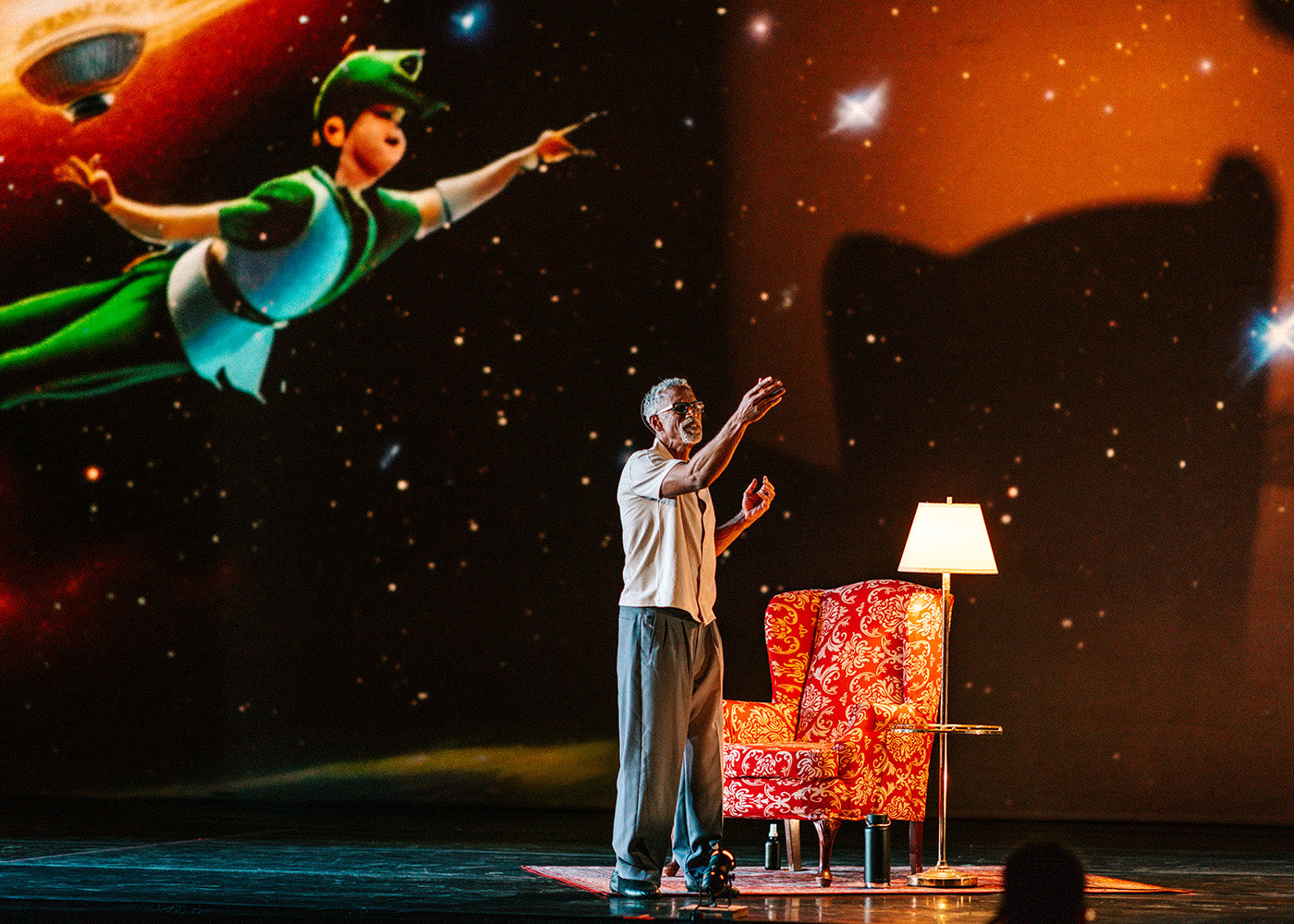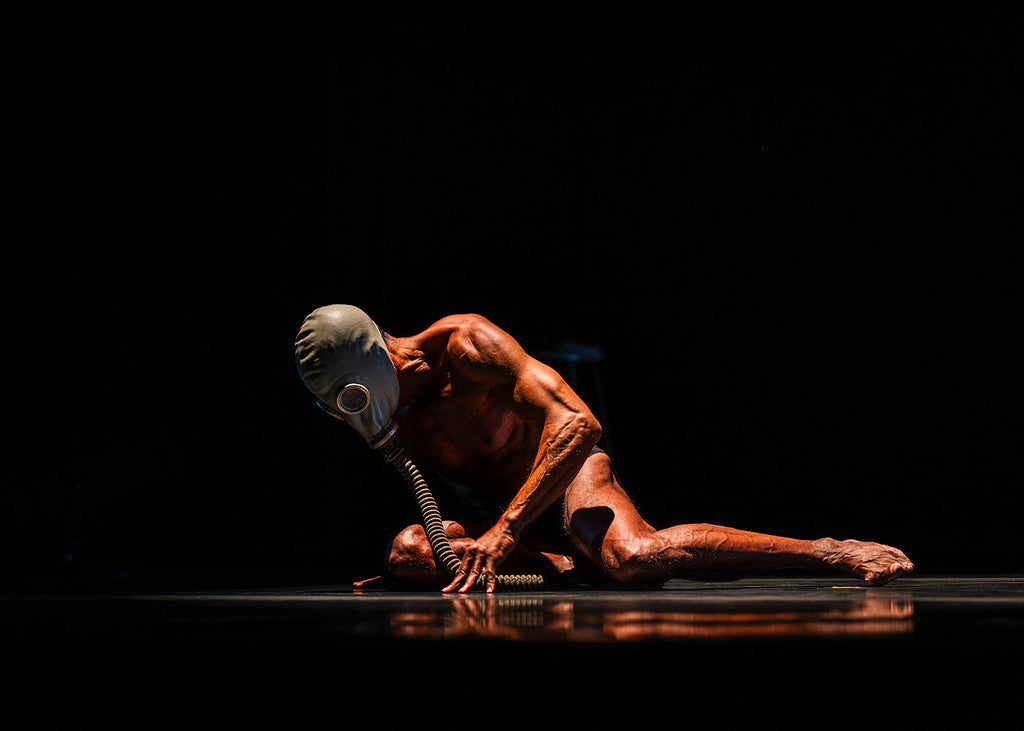But no! Conor, who is absent much of the time, and, when at home, is fiendishly working on his computer, is discovered to be a master… perfumer/blogger, his nose a wonder in the field, his postings sublime. Talk about coming out of left field, this startling, albeit amusing, revelation would eventually see the scent guru undergoing three months of EST, electro-shock therapy, for depression.
No heavy wallowing here; instead cut to July 1977, and our man regales about leaving home and getting into Princeton, with his father, Roland Raymond Roussève, Sr., accompanying him to New Jersey, leaving David only with his dad’s “Dry-ass handshake.” Yikes, one of only eleven Blacks on campus, the younger Roussève would be called the ‘N’ word, but would graduate magna cum laude, and, over the years, garner fistfuls of awards, including a Guggenheim Fellowship and seven consecutive NEA Fellowships.
With dramaturgy by Charlotte Brathwaite and Christopher Kuhl’s evocative lighting, the jump-cuts worked, because each account, no matter how harrowing, was riveting in and of itself. We learn about Roussève’s somewhat rare disease, lipodystrophy, a side effect of HIV drugs that cased his body and face to lose healthy fat tissue, therefore becoming skeletal, or, as he called himself, “Skeletor.” But he soldiers on, even donning a gas mask during his brief performance to Camille Saint-Saëns’ “Le Cygne,” excerpted from his 1996 “Love Songs.”
And while Roussève is no Anna Pavlova, his body, über-toned and taut, here clad only in black briefs, (all costume design, including baggy pants, white tee and shirts by Leah Piehl), conveyed the essence of disease and the struggle to keep moving. In fact, all of his dances in the opus were solo excerpts from forty years of large-scale, group dance/theater pieces by his troupe, David Roussève/Reality, proving particularly potent in this context.











comments